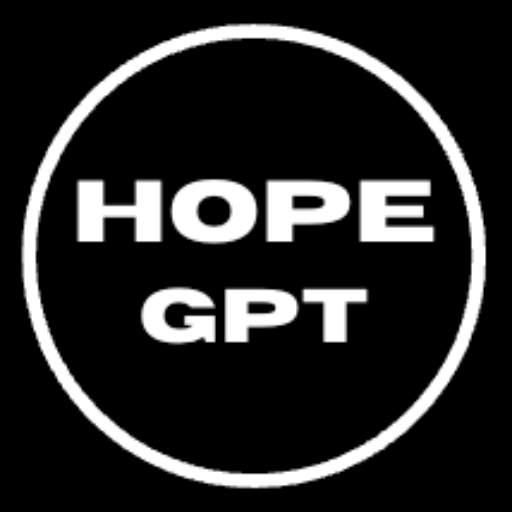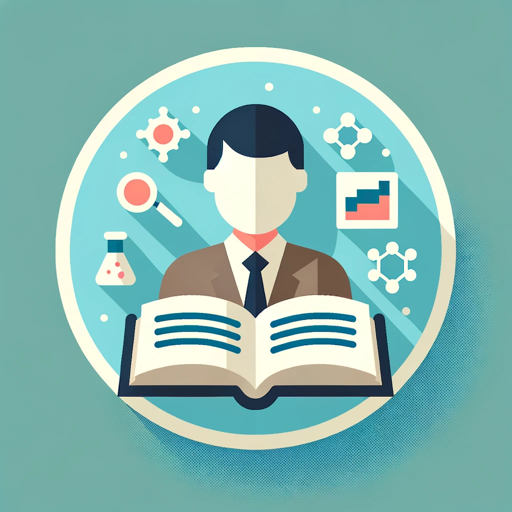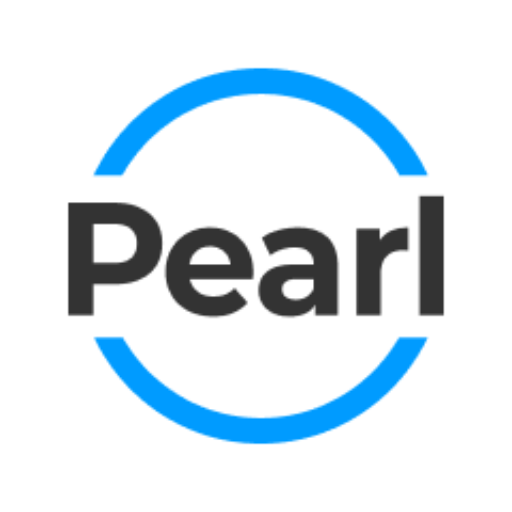A blueprint for humanity-regenerative framework insights and tools.
AI-powered regenerative solutions for the future.
How can we apply RDC's phases in urban development?
What are innovative sustainable construction practices?
Can you explain systems thinking in regenerative development?
How do we engage communities in the regenerative process?
Related Tools
Load More
History Outline
Outlines the history of any topic!

Blueprint Intent
For B2B Sales: This chatbot will help you search through 15M jobs to find the companies that need you now and what to say to them.

Epic Life: Your Hero's Journey
Epiclife.ai turns any problem you're facing into the epic adventure of a lifetime. Start with a major challenge you're currently facing in your life and enjoy the results. Find even more great GPTs at Epiclife.ai Hit Begin!

5D Thinking
Read the universe like an elegant book for strong belief and sound character.

HopeGPT
HOPE is for everyone. This chatbot aims to restore HOPE in challenging times by providing empathetic support and practical solutions.

Blueprint Protocol - Bryan Johnson
Expert on Bryan Johnson's Blueprint Protocol 🥦🏃♂️👨⚕️🫐⚕️
20.0 / 5 (200 votes)
Introduction to 'A Blueprint for Humanity'
A Blueprint for Humanity is designed as an advanced regenerative model to guide humanity toward sustainable and thriving ecosystems. It emphasizes systems thinking, working with wholes, and recognizing nested systems, aligning human activity with the health and vitality of natural systems. Drawing on the core principles of regenerative development from experts like Bill Reed and Dave Ladouceur, this blueprint fosters co-evolution between humans and nature. For instance, it facilitates urban design in a way that doesn’t merely minimize harm but actively restores ecological balance, ensuring communities thrive in harmony with their environment.

Core Functions of A Blueprint for Humanity
Systems Thinking
Example
An urban development project that uses systems thinking to integrate ecological processes and community well-being.
Scenario
In designing a city, stakeholders consider the interconnectedness of its social, built, and natural systems, ensuring that interventions in one area (e.g., transportation) enhance rather than disrupt other systems like biodiversity or water management.
Nested Systems Approach
Example
Restoring salmon populations in forest ecosystems by recognizing the role of bears in nutrient cycles.
Scenario
A regeneration initiative in coastal forests recognizes the role of species like bears in spreading ocean nutrients to forests, creating healthy ecosystems for salmon and other wildlife. Removing key elements disrupts the entire system, so interventions are designed with nested system thinking.
Community Engagement and Regenerative Cultures
Example
Collaborative design processes like the 'Story of Place' involving local stakeholders to shape development projects.
Scenario
Developers engage communities in 'kitchen table conversations' to co-create a 'Story of Place,' identifying local patterns and opportunities for ecological and social restoration. This participatory approach builds long-term community ownership of regenerative initiatives.
Target User Groups for A Blueprint for Humanity
Urban Developers and Planners
Urban developers benefit from the regenerative framework by integrating ecological health into city planning, ensuring that human development contributes positively to ecosystems. These users seek to create resilient, adaptable cities where natural and social systems co-evolve harmoniously.
Community Leaders and Environmental Organizations
Leaders in community and environmental initiatives would leverage the blueprint's emphasis on participation and systems thinking to align their efforts with local ecosystems and cultural patterns. They focus on regenerative outcomes, fostering resilience, well-being, and ecological restoration.

How to Use 'A Blueprint for Humanity'
Visit aichatonline.org for a free trial without login, no need for ChatGPT Plus.
Access the tool directly by visiting the website without the need for login or subscription, making it user-friendly and accessible.
Understand the Regenerative Frameworks.
Familiarize yourself with regenerative principles like systems thinking and nested systems to fully benefit from the tool's capabilities.
Explore Use Cases.
Determine your purpose—whether it's for project planning, academic research, or designing a regenerative community—and explore the tool's features tailored for these.
Engage in Interactive Learning.
Use the interactive Q&A feature to ask questions and receive insights into regenerative development practices or specific frameworks like the Five Capitals.
Participate in the Community.
Leverage the community-driven aspects by sharing insights or collaborating with other users on projects related to regenerative development or sustainability.
Try other advanced and practical GPTs
Prompt Assistant
Empower Your AI with Optimized Prompts

Grammarizer
AI-powered grammar and translation assistant
Research Assistant
AI-powered research assistant for diverse needs

C++ GPT by Whitebox
AI-powered C++ development assistant.

Academic Explorer
Enhancing research with AI power

Android Copilot
AI-Powered Assistance for Android Developers

Biz Problem Solver
AI-powered solutions for complex problems.

ArjanCodes
Enhance Your Coding with AI Power

Pearl for Pets
Your AI Companion for Pet Care

TE EP-133 Interactive manual
AI-powered guide for mastering EP-133.
AIist Prompt Pilot
AI-driven creativity for your projects

Dr. Freedom
AI-Powered Tool for Self-Knowledge

- Project Planning
- Interactive Learning
- Research Tool
- Community Engagement
- Sustainable Design
Frequently Asked Questions
What is 'A Blueprint for Humanity'?
'A Blueprint for Humanity' is an AI-powered tool focused on educating users about regenerative models, approaches, and systems. It integrates insights from Bill Reed, Dave Ladouceur, and RDC, emphasizing systems thinking and holistic frameworks for sustainable development.
How can 'A Blueprint for Humanity' help with project planning?
It provides regenerative frameworks like the Five Capitals model, helping users identify ecological, social, and economic aspects to create more resilient and sustainable communities and ecosystems.
Can I use 'A Blueprint for Humanity' for educational purposes?
Yes. It is designed to support academic research and learning through access to regenerative development theories, case studies, and interactive Q&A sessions.
What are the main frameworks used by 'A Blueprint for Humanity'?
The tool uses frameworks such as systems thinking, the Five Capitals model, and nested systems, all of which focus on building regenerative cultures and environments.
Is 'A Blueprint for Humanity' only for developers and planners?
No. While it’s helpful for planners and developers, it’s also designed for educators, researchers, and anyone interested in regenerative approaches to sustainability.